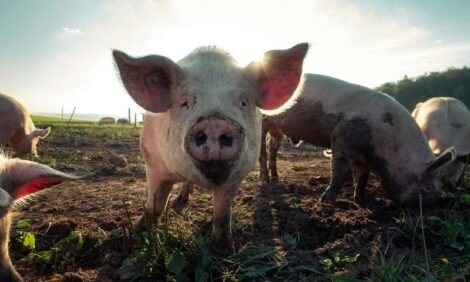



Support Rumen Development with Chopped Straw
NETHERLANDS – Fibrous feeds have a major role in calf nutrition, with straw of particular importance, say Nutreco experts.Latest advice is to feed chopped straw at lengths of three centimetres or more as this promotes starter intake and growth performance.
“These effects are explained by improvement of rumen functioning,” Dr Harma Berends, ruminant researcher at Nutreco told the Global Dairy Calf Symposium last month.
“Greater rumen liquid pH leads to increased post weaning intake of starter and thus greater absorption of VFAs.”

She advised against ground straw, saying that large physical fibres have a greater effect.
And its consistency over time is a major factor over others such as hay and silage.
“Straw offers consistent quality and is less susceptible to deterioration (remains fresh longer) than silages – this is why we prefer it,” added Dr Berends.”
Calf rearing teams should look to provide straw as part of a feeding regime with fresh, dry feed is provided, according to Nutreco researcher Leonel Leal.
He added that the industry is now ‘moving away’ from the 1980’s trend of grinding straw.
“What we suggest now is to keep the structure of the straw, don’t grind it into a powder form,” he told TheDairySite.
“If you can manage roughages well you get good results,” he added, highlighting the dangers of feeding silage and the ‘bulking effect’ that can occur.
Ultimately, a well- developed rumen sets the animal up for a good productive life and good growth as it transitions into the milking herd, preparing it for the challenges of the feed bunk.
“A well-developed rumen and abomasum make the animal more adaptable to different feeds and dietary changes.”
He added that dietary straw is particularly pertinent in the cereal producing areas of southern Europe, where dairies can include either wheat or barley straw as a fibrous feed.
Michael Priestley
News Team - Editor
Mainly production and market stories on ruminants sector. Works closely with sustainability consultants at FAI Farms



